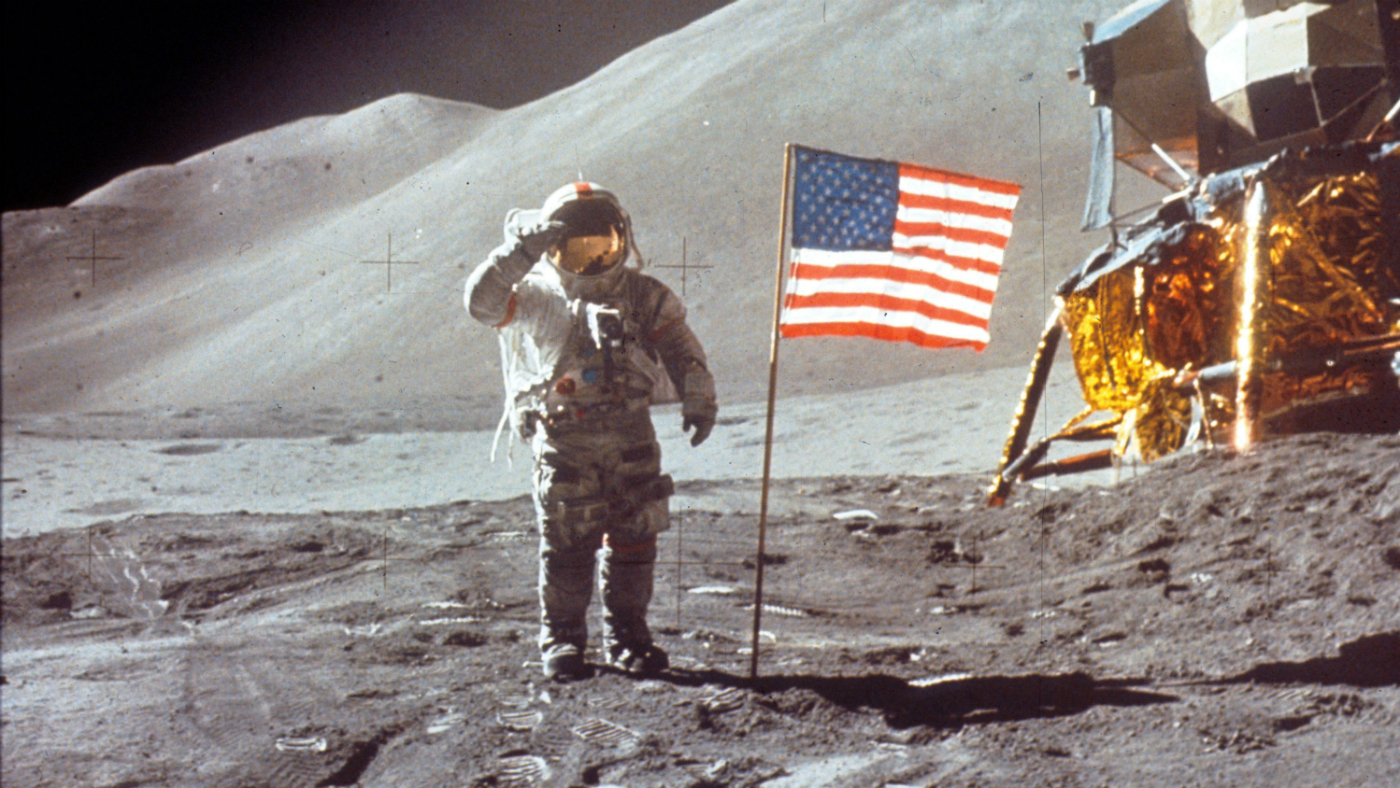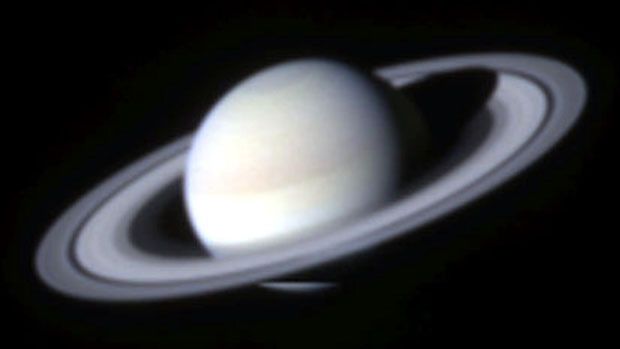Relaunching Nasa’s moon missions
In Depth: Donald Trump’s new directive aims to put humans back on the Moon for the first time since 1972

Donald Trump has launched a bid to return US astronauts to the Moon, followed by missions to Mars and beyond.
The US president signed a new national space policy directive earlier this month that paves the way for a Nasa-led programme of manned exploration, with support from private sector partners. But no human has set foot on the Moon in 45 years, and the Apollo space programme appeared to be winding down - leading to questions about exactly how Trump plans to leave America’s footprint on the Moon, and when.
“His official directive to Nasa did not set a target date, or outline any new programmes that would be needed to put people back on the lunar surface,” the Financial Times notes.
The Week
Escape your echo chamber. Get the facts behind the news, plus analysis from multiple perspectives.

Sign up for The Week's Free Newsletters
From our morning news briefing to a weekly Good News Newsletter, get the best of The Week delivered directly to your inbox.
From our morning news briefing to a weekly Good News Newsletter, get the best of The Week delivered directly to your inbox.
So is Trump “dreaming big”, as he says, or simply dreaming?
The dream
Trump told a rally near Nasa’s Kennedy Space Center in Florida last year that he would “free Nasa from the restriction of serving primarily as a logistical agency for low Earth-orbit activities” and enable it to “instead refocus on space exploration”, CNN says.
“Under a Trump administration, Florida and America will lead the way into the stars,” Trump added.
A free daily email with the biggest news stories of the day – and the best features from TheWeek.com
Vice President Mike Pence is leading the recently revived National Space Council, an executive group that will guide the US space agenda, with a focus on enhanced national security, innovation and job creation.
But how will the government-private partnership work?
The commercial vision
Amazon’s chief executive Jeff Bezos is pitching to set up Amazon-like delivery for future human settlement of the Moon.
“It is time for America to return to the Moon - this time to stay,” Bezos said in response to emailed questions from The Washington Post (which he owns). “A permanently inhabited lunar settlement is a difficult and worthy objective. I sense a lot of people are excited about this.”
Space entrepreneur Elon Musk envisions building a rocket to reach Mars, saying it could be used to support a manned lunar base on the planet and to ferry people to different locations on Earth at high speed.
A third company, Moon Express, hopes to put an unmanned vehicle on the Moon and then establish a base there for mining, the FT reports.
“The Moon offers a good testing ground for trying out technologies that could be useful for keeping humans alive on Mars, such as habitats,” the company claims, according to a report by The Verge.
Does Nasa have the budget?
There were calls for Nasa to return to the Moon during both Bush presidencies, but little progress was made.
The Verge says that Nasa lacks the funding to turn dreams of a Moon mission into reality.
“Nasa’s human exploration programmes suck up $4bn each year, and there’s little money left over for other programmes,” Phil Larson, a former space advisor for the Obama administration, told the news site. “The Moon is great, but the plans and partnerships matter more than dates and destination.”
Without plans for additional funding, “these dreams will simply evaporate, as they have so many times before”, adds Forbes. “Like all plans, to bring this one to fruition will require a tremendous investment of resources: in people, in equipment and facilities, in research and development, and in terms of money as well.”
-
 The Harvard and Papua New Guinea interstellar meteor row
The Harvard and Papua New Guinea interstellar meteor rowfeature ‘Bafflement and indignation’ from authorities after team of scientists claim recovered fragments may belong to alien spacecraft
-
 Is Saturn about to give birth to a new moon called Peggy?
Is Saturn about to give birth to a new moon called Peggy?In Depth 'We have not seen anything like this before' say scientists, as they spot a bulge in planet's ring


